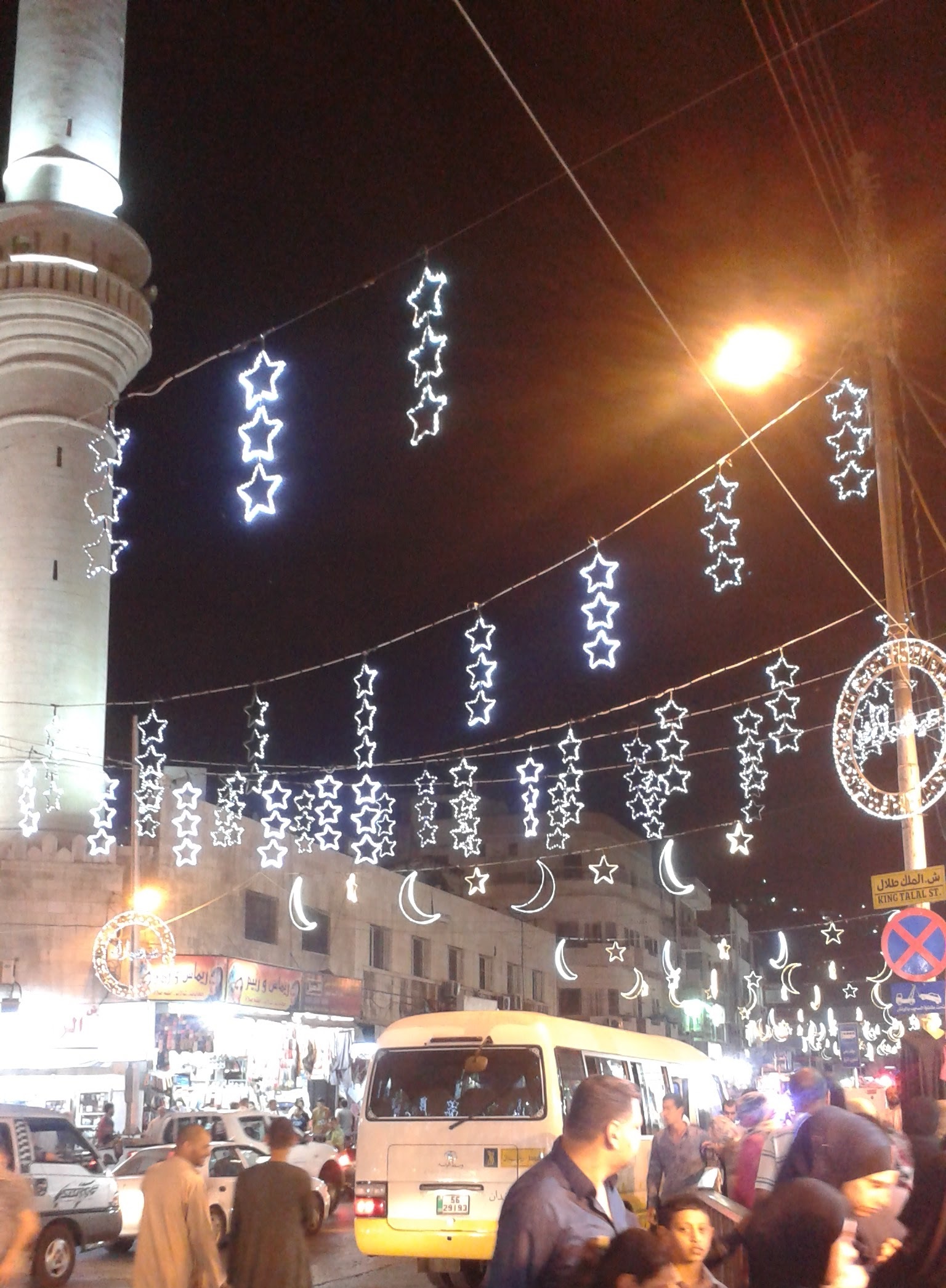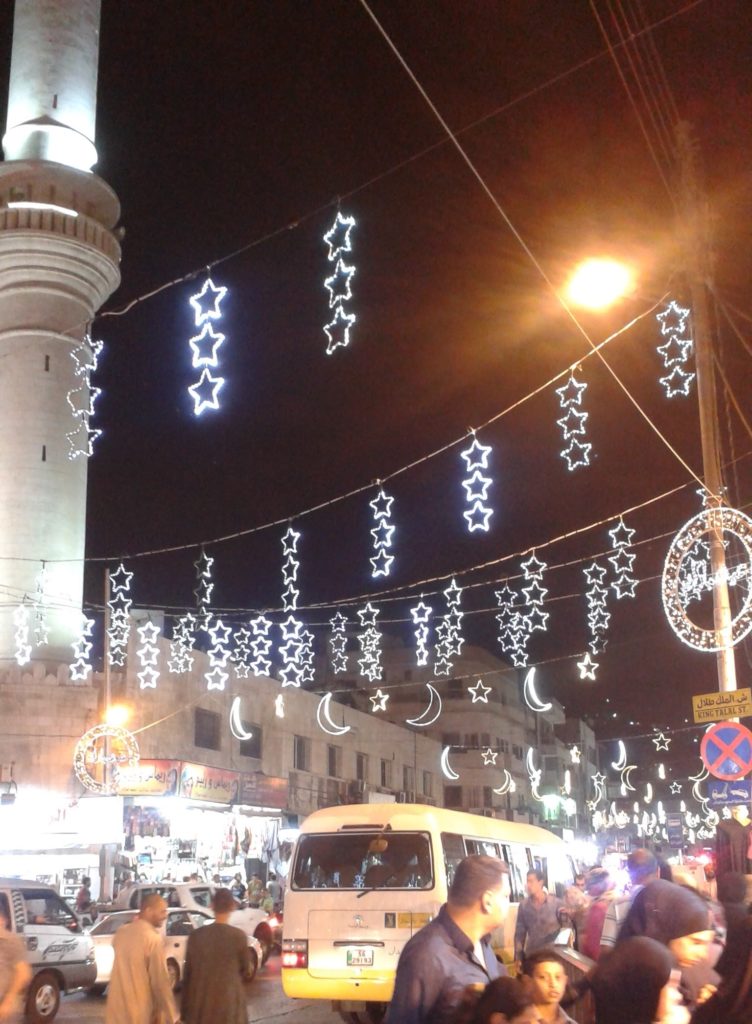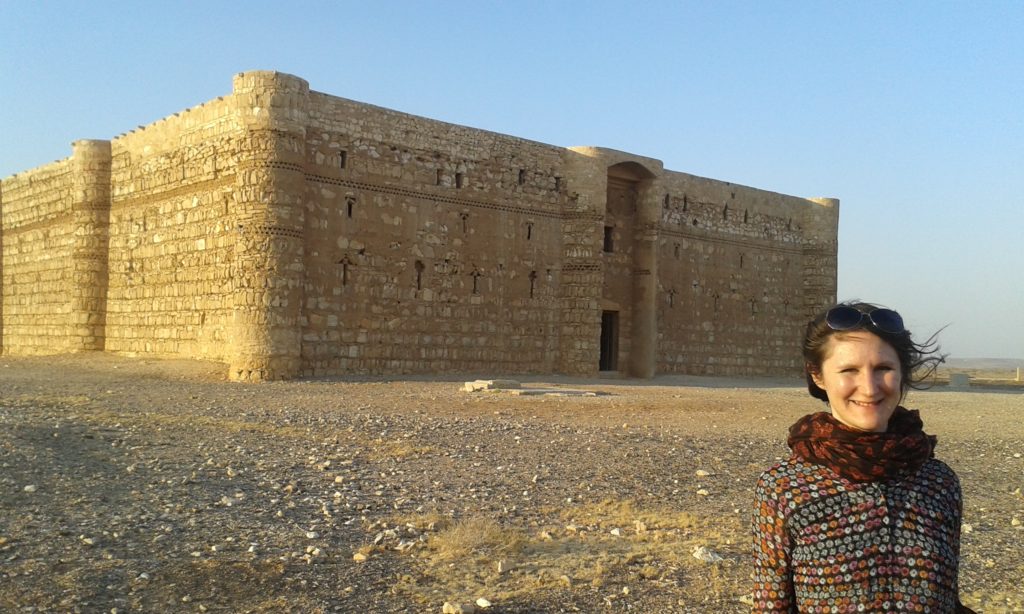
Posted by Teresa Whitcombe
28 February 2017Arabic has not tended to be regarded as a language of medieval Europe, despite being spoken across parts of the Iberian Peninsula for nearly 800 years and indeed elsewhere too (Sicily, for example). Study of the south of the peninsula has been assigned to ‘Arabists’, often placed within Middle Eastern or Islamic history departments, whilst the northern kingdoms have been methodologically situated with studies of Latin Christendom. Yet, in reality, medieval Spain defies easy catagorisation. Its societies were multi-religious, multi-cultural and more often than not multi-lingual, and cultural, linguistic and economic interaction took place across the Peninsula throughout the Middle Ages. Recent research into the ever-porous borders between Spanish kingdoms has started to change how we imagine medieval Spain, and to break down methodological divisions between ‘north’ and ‘south’, but this also has implications for the languages expected of medieval Hispanicists. The city of Toledo is a good example. Toledans continued to speak and write in Arabic for some two hundred and fifty years after the city’s capture by the Christian king of Castile, Alfonso VI, in 1085. By the start of the thirteenth century, the period covered by my PhD research, the documentary records of Toledo Cathedral were being produced in both Latin and Arabic. Moreover, the local Arabic-speaking population were beginning to take up office as cathedral canons, meaning that both languages, as well as Romance (early Spanish or Castilian), would have been used on a daily basis in the cathedral chapter.

The high bar set by the medieval clergy of Toledo thus provides a challenge today if we are to try to fully understand these complicated and multi-lingual societies. As such, last summer saw me in Amman, Jordan, kindly sponsored by the Arts and Humanities Research Council (AHRC) to attend a language course in order to improve my Classical Arabic. I studied at the Qasid Arabic Institute, one of several language schools in Amman, and an institute with a reputation for excellence in Classical Arabic, that is, the language of the Qur’an and many medieval documents. The school operates across the academic year, with autumn, spring and summer terms, although the latter, running from mid-June to the end of August, is both the most intense and the most popular, drawing students from across Europe, America and Asia. I had taken several years of Arabic classes on joining, but Qasid accepts students at all levels, from complete beginners to those who wish to study Arabic poetry. The school runs a range of programmes, but the one that caught my eye was their course aimed at reading Classical Arabic, with additional classes available for those interested in medieval religious texts. I had four or five hours of lessons a day in small groups (sometimes as small as three to a teacher), and we were set a rigorous drill of homework every night for the following morning. It was certainly not a holiday! It was however incredibly enriching, and also very stimulating to learn in a linguistically immersive environment as using Arabic every day in Amman, despite the many differences with medieval usage, nonetheless involved putting into practice much of what I had learnt. By the end of the course, I was able to produce a translation of one of the early thirteenth-century charters I am working on for my PhD (the only full translation into any other language), and had been part of an extra class studying medieval commentaries on the Qur’an.
In addition to daily Arabic classes, it was also a great pleasure to explore Amman’s vibrant culture and history, and that of Jordan more broadly. Petra, the Dead Sea, and the Dana Nature Reserve were all remarkable. However, as an historian, I was particularly delighted to visit two twelfth-century crusading castles (Karak and Ajloun), the breath-taking Roman city of Jerash, and two eighth-century desert castles, Qasr Amra and Qasr al-Kharanah. These belong to a series of castle buildings, mainly caravanserai and hunting lodges, built by royal members of the Umayyad dynasty (660-750), which stretch through the deserts of Jordan, Syria, Israel and Palestine. It was a great privilege to be able to visit them, and to be reminded of the vibrancy of medieval Islamic culture, which had connections far beyond the region – among the remarkable frescos at Qasr Amra is an image of an early eighth-century Visigothic king of Spain!

Undertaking an intensive Arabic course in Jordan was a very enriching experience, and extremely helpful in allowing me to access the full scope of source material, very little of which has been translated, from thirteenth-century Toledo. I am very grateful to have been supported by the AHRC South, West and Wales Doctoral Training Partnership, the sponsors of my PhD, whose generous Student Development Fund, aimed specifically at skills and language training, covered my tuition fees, accommodation and flights. A number of other funding sources are also available for students wishing to study Arabic, and anyone interested in applying would be advised first of all to contact their own university, but also to research Amman-based financial support, such as the British Institute in Amman, who offer visiting fellowships and grants.
If you are a researcher working on areas in which Islamic and Christian societies co-existed or collided, then I would encourage you to consider the many options available for learning Arabic. It will not only open up a wider range of source material to your study, but will also allow a more comprehensive approach to these complex and diverse societies. The medieval past doesn’t always provide a model for inclusivity and tolerance, but it certainly has much to teach us about the value of multi-lingualism and the sheer practical benefit of learning another language.
2 responses to “Arabic in the Archives: Keeping Up with the Canons of Medieval Toledo”
Thank you for such an interesting post, Teresa. I love the mix of the medieval and the modern. You’ve now got a hugely useful skill with your knowledge of Arabic, and I look forward to the publications that must surely follow!
Thank you for such an interesting post, Teresa. I love the mix of the medieval and the modern. You’ve now got a hugely useful skill with your knowledge of Arabic, and I look forward to the publications that must surely follow!